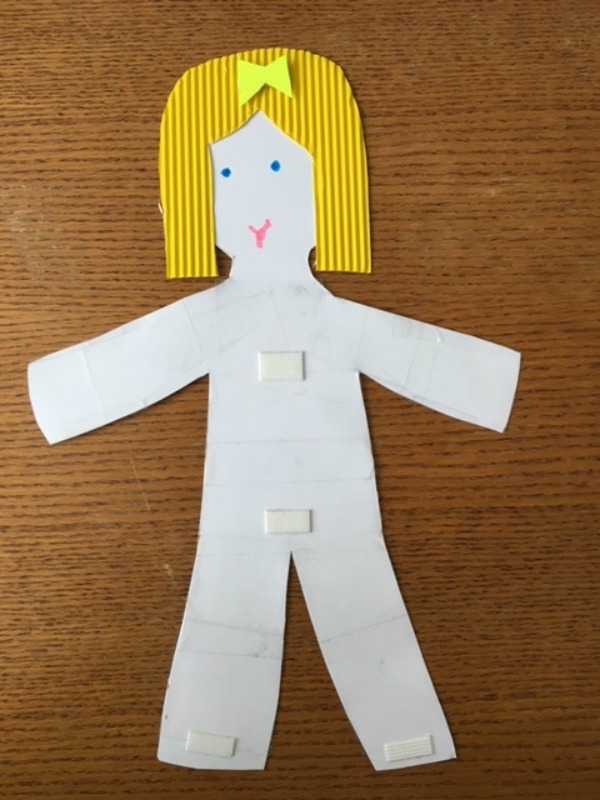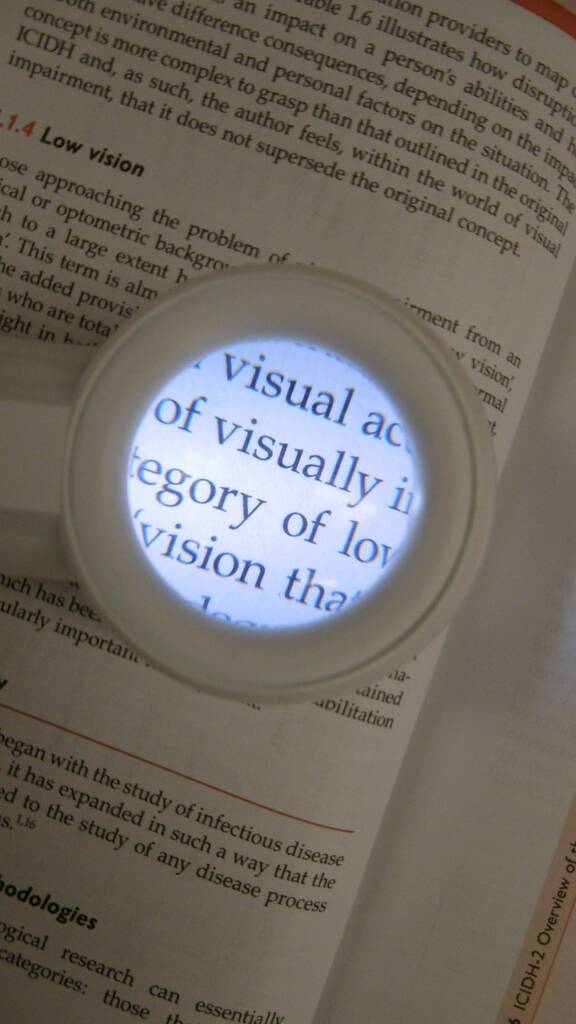A few years ago a student and I were talking about fun activities we like to do in our free time. Although I shared that nowadays I do not have a ton of “free time”, I recalled things I liked to do in my childhood. One of the things I listed was playing with paper dolls. She had no idea what I was talking about, and as I began to verbally describe to her what they actually are, it was clear she still had no clue.
So, of course I could not let this small 7-year-old student of mine go another day without understanding the simple and super fun concept of paper dolls. At the time I only had my two boys, as my daughter had not been born yet, so I felt it was my duty to pass along my knowledge of these little paper beings to the next generation of little girls. I knew that these dolls could not be the “typical” paper dolls that came in books that you had to be ever so careful with when tearing out the perforated dots that held them together… NO! These had to be TACTILE paper dolls and we were going to have so much fun making them!
When I started this conversation with her, I never thought a short dialogue of what we like to do in our free time would evolve into what it did. The key was to be able to design and play with them, but also to build on concepts focusing on the ECC (Expanded Core Curriculum), which is so important for our students who are blind and visually impaired. We started basic and drew out the doll on cardstock to begin.
She was a beauty!
Making the Paper Doll
The photo was the beginning of our creation. My student said she wanted to use the corrugated cardboard from the Carousel of Textures Pack from APH for her hair, and I think she made a great choice! We also added some velcro you may see in the photo for her clothes and eventually accessories to stick to.
We then had to make some templates for shirts, pants, and of course dresses. The two pictures below show the templates and then some outfits we began getting creative with. We used a combination of same and different textured papers to represent standard items in a typical closet such as jeans, corduroys, smooth textures, bumpy textures, shiny and scratchy. This fun creative time was a great way to work in concepts of matching clothing texture to texture and color to color since my student did have a bit of vision when we started this project.


Incorporating the Expanded Core Curriculum (ECC)
Below are some additional activities we did playing… I mean working… on skills and concepts with the Expanded Core Curriculum in mind:
- Independent Living Skills: One day we were talking about the outfit she had on and I told her that I really liked how well her top matched her pants. She then told me that her mother leaves her clothes out for her on her bed for her to get dressed in the morning. The student was very independent in a variety of environments and situations, so I kept asking questions, as we do as teachers of students with visual impairments:
“You got it!” I also asked her to not only count the drawers, but to tell me what is in each one and the layout of the drawers to see if there are smaller drawers and bigger ones or if some rows in her dresser have 2 drawers or just one. With that information I then made it into a functional game with the paper doll.
We added a brailled “dresser” to the activity where the student had to locate the proper drawer label and select tops, bottoms, and accessories. Eventually, my student realized how easily this could be transferred to her own home. She told her mother that she would like to put braille on her dresser drawers and start to pick out her own clothes for school! WIN!


- Independent Living Skills: An extension of the activity above is that I mixed up the clothes on the table or in the drawers so that the student has to sort and put away “clothes” in their proper place
- Independent Living Skills: I had student help to design, trace, and cut out clothes for special events, such as holiday parties or seasonal activities. Below is the outfit she designed for Christmas. It has stripes on it created by layering some of the textures sticker pages, fuzzy felt shoes, and a festive hat.

- Career Exploration: We discussed community workers and other careers, and created outfits with accessories that help to identify with specific skills or training. For example, for the veterinarian we made a little cat to go with it; for the teacher we made books and an apple; and for the doctor we made a stethoscope and scrubs.
- Social Interactions: Just creating the one doll made her want to make more. It allowed the student to create her own “doll friend” and we were able to model communication/social skills with the dolls together (basic greetings, initiating a conversation, etc.).
I am sure there were many more things we could have snuck the dolls into for concept development, but I felt it was time to move on and I sent them home with her. My student has since outgrown paper dolls, but perhaps some young learners others work with can expand on this some more!




